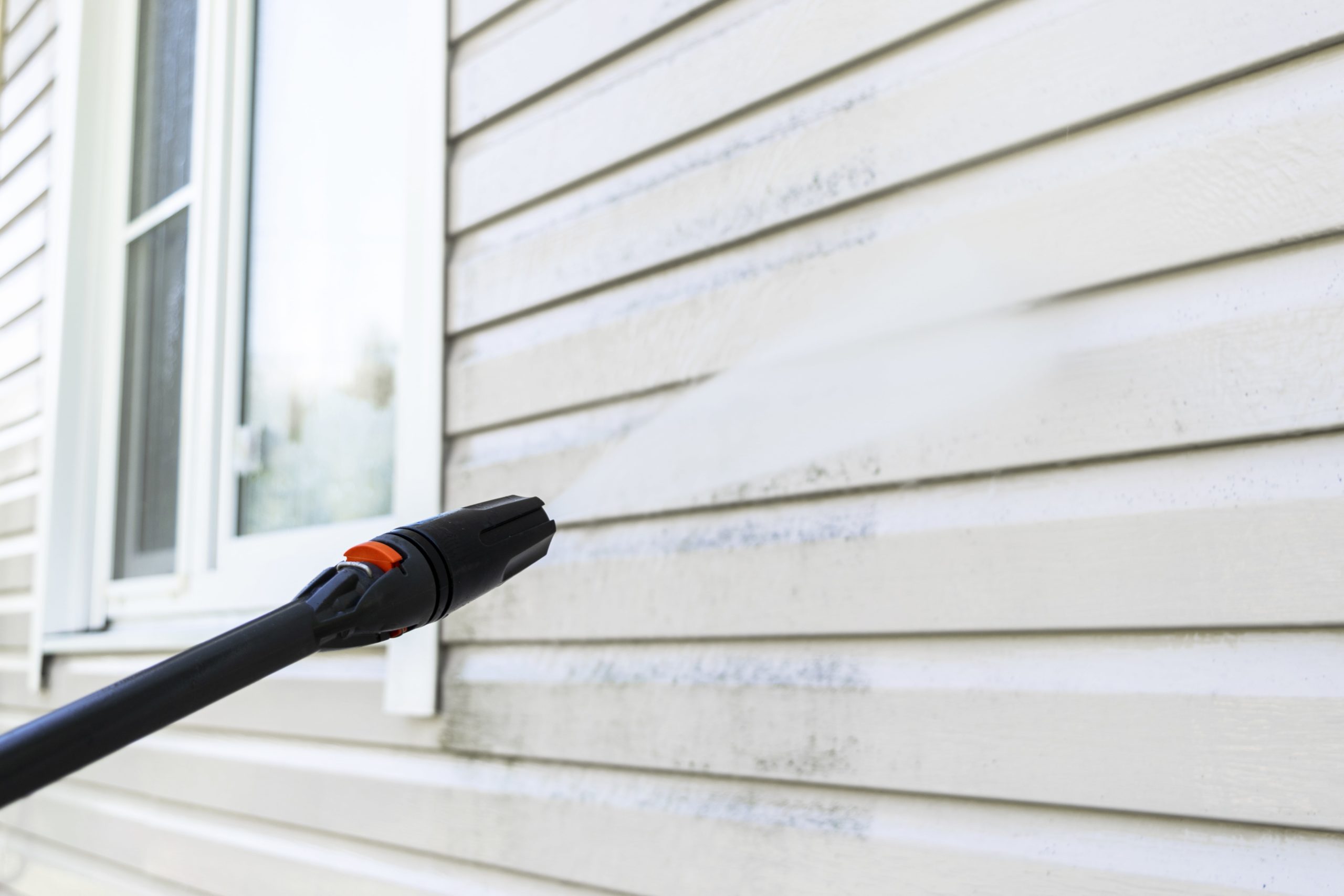
Pressure washing your home’s exterior can make it look brand new again—blasting away dirt, mold, pollen, spider webs, and other grime. But if your home is painted, you might be worried: Will pressure washing peel or damage the paint? 😟
That’s a smart question to ask. Because while pressure washing can be fantastic for cleaning painted surfaces, it can also do serious damage if the paint isn’t up to the challenge. So, how do you know if your home’s paint is safe to pressure wash?
Let’s break it down step by step. 🧼🔍
🎨 Why Paint Type and Condition Matter
The first thing to understand is that not all paint is created equal. Some types of paint, especially older formulas, aren’t built to withstand high-pressure water. Add in age, weather wear, and surface type, and you’ve got a recipe for potential peeling or flaking.
Here’s what you need to consider:
✅ Paint That’s Generally Safe to Pressure Wash:
- High-quality exterior latex or acrylic paint
- Paint applied to smooth masonry, fiber cement, or vinyl siding
- Recently painted surfaces in good condition (no chipping or bubbling)
⚠️ Paint That’s Risky to Pressure Wash:
- Lead-based paint (common in homes built before 1978) ⚠️
- Oil-based paints that are more than a decade old
- Paint on stucco, wood, or rough concrete if already cracking or flaking
- Any paint that’s peeling, bubbling, or sun-faded
🧪 How to Test If Your Paint Is Safe
Before you fire up the pressure washer, it’s worth doing a quick test.
🖐️ 1. The “Tape Test”:
- Stick a piece of painter’s tape (or duct tape) on the wall.
- Press it firmly, then pull it off quickly.
- If paint comes off with the tape, the bond is weak—and pressure washing may do more harm than good.
🔎 2. The “Visual Inspection”:
- Look closely for cracks, chips, or bubbles in the paint.
- Areas where the paint is flaking are highly vulnerable to pressure damage.
- If large sections show signs of wear, you’re better off repainting or touching up first.
💧 3. Do a Gentle Rinse Test:
- Use a regular garden hose to rinse a small area of painted surface.
- Watch how the paint reacts. If water causes discoloration, streaks, or bubbling—hold off on the pressure washer.
💥 What Pressure Settings Are Safe for Painted Surfaces?
If your paint passes the tests above, you’re probably safe to pressure wash—with care. That means:
- Use low pressure (no more than 1,200–1,500 PSI)
- Use a 25° or 40° nozzle for wide spray coverage
- Keep the nozzle at least 12 inches away from the surface
- Don’t aim directly at edges, seams, or trim
📌 Pro tip: Always start at a low setting and increase only if necessary. Pressure washing isn’t about force—it’s about controlled cleaning.
Browse Amazon Here For Popular Pressure Washers And Accessories
🧴 Should You Use Detergent?
Yes—but only use detergents labeled safe for painted surfaces. These help break down dirt, mildew, and grease so you don’t need as much pressure.
✅ Look for:
- Biodegradable formulas ♻️
- Paint-safe cleaners
- Mold and mildew removers
🛑 Avoid harsh chemicals like bleach or degreasers not intended for siding—they can strip paint or cause discoloration.
🧰 Pressure Washing vs. Soft Washing
If you’re not 100% sure your paint can handle pressure washing, consider soft washing instead. This uses:
- Lower pressure (under 500 PSI)
- Specialized nozzles
- Cleaning solutions that do most of the work
Soft washing is especially good for:
- Older homes
- Stucco or wood siding
- Delicate trim or shutters
It’s just as effective and much gentler on paint. 💧🧴
Browse Amazon Here For Soft Washing Equipment And Accessories
🛠️ When You Shouldn’t Pressure Wash Painted Surfaces
There are times when pressure washing just isn’t a good idea. For example:
- You plan to repaint soon: Pressure washing can cause more paint to peel, so prep the surface and repaint instead.
- The paint is more than 10 years old: Older paint is often brittle and prone to chipping.
- You suspect lead paint: Do NOT pressure wash—lead dust is hazardous and requires professional handling.
If in doubt, consult a painter or power washing pro for advice. 🧠💡
✅ Final Thoughts
So, how do you know if your home’s paint is safe to pressure wash?
✔️ Do the tape and visual inspection
✔️ Stick to low pressure and wide nozzles
✔️ Avoid damaged, peeling, or old paint
✔️ Consider soft washing for delicate surfaces
✔️ Always test a small area before going all in
Pressure washing can refresh your home’s look—but only if your paint is ready for it. Done right, you’ll get that clean, crisp curb appeal without lifting a single chip. 🎯✨
Browse Amazon Here For Popular Pressure Washers And Accessories






